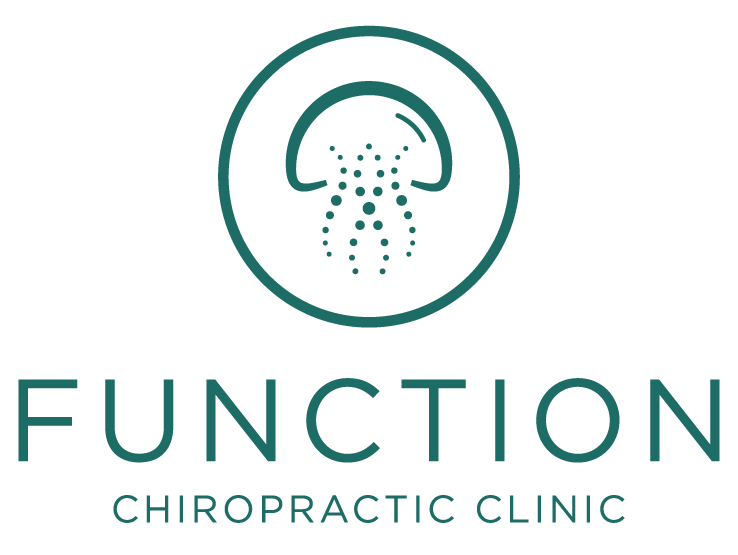What are Muscle Trigger Points (Knots)?
And why is it referring pain around the body?
03/12/2024 By Brandon Booty
(Approx 1-2 minute read)
What are Trigger Points?
Muscle trigger points are also known as knots. These are a common yet often misunderstood cause of discomfort and pain in the body. These small, hyper-irritable areas form in tight bands of muscle tissue and can lead to localized pain, tenderness, and even referred pain in distant areas of the body.
Understanding what trigger points are and how they create referral patterns is key to managing and treating pain effectively.
What are Muscle Trigger Points (Muscle Knots)?
Muscle trigger points, often referred to as “knots,” are areas of sustained muscle tension. They develop when muscle fibers are overworked, injured, or subjected to prolonged stress when they do not have the strength or flexibility to tolerate it. This constant tension restricts blood flow, resulting in a buildup of lactic acid and irritation of the surrounding nerve endings. Trigger points are classified into two types:
Active Trigger Points: These cause pain even when the muscle is at rest and often refer pain to other areas of the body.
Latent Trigger Points: These are only painful when touched but can limit muscle movement and flexibility over time.
Common Causes of Trigger Points
• Poor posture, lack of movement or muscle weakness
• Repetitive movements or overuse injuries
• Physical trauma or muscle strain
• Stress tension
• Nutritional deficiencies or dehydration
What Are Trigger Point Referral Patterns?
One of the defining characteristics of trigger points is their ability to refer pain to areas far from the actual site of the trigger point. This phenomenon is known as a trigger point referral pattern. This can often be mistaken for trapped nerves.
The most Common Trigger Points in the Upper Body:
Trigger points can develop in various upper-body muscles, including, but not limited to:
• Upper Trapezius: A common site for stress-induced trigger points, it can refer pain to the temples, neck, and shoulders.
• Levator Scapulae: These trigger points can cause neck stiffness and pain that radiates to the upper shoulders or around then head.
• Rhomboids: Located between the shoulder blades, trigger points here can cause mid-back pain.
• Scalenes: These can cause pain down the arm, hand, and fingers or around the head.
• Pectoralis Minor and Major: These can contribute to chest tightness and arm discomfort.
These referral patterns occur because trigger points irritate nearby nerves, which then transmit pain signals to distant, seemingly unrelated areas. This is why treating only the site of pain may not resolve the underlying issue.
Managing and Treating Trigger Points
Effective management of trigger points involves addressing both the trigger point and the associated referral pain. Common approaches include:
• Manual Therapy: Techniques like massage, myofascial release, or dry needling can deactivate trigger points.
• Strengthening and stretching: Stretching provides good short term relief, however improving the endurance with strengthening exercises holds long term benefits by improving muscle capacity, flexibility and blood flow.
• Posture Correction: Maintaining good posture reduces strain on muscles prone to trigger points.
• Stress Management: Practices like yoga, meditation, and deep breathing help reduce overall muscle tension.
Conclusion
Muscle trigger points and their referral patterns can significantly impact quality of life, often leading to misdiagnosed or untreated pain. By understanding their origins and effects, individuals can work with healthcare professionals to target and relieve these hidden sources of discomfort. Proper care and prevention strategies, such as working on strength and flexibility, maintaining good posture and managing stress, can help keep trigger points at bay, allowing for pain-free movement and improved overall well-being.
To book your Massage click here.
Please be aware that any signs of significant spinal pain or nerve complaints should be assessed by one of our Dr’s of Chiropractic to diagnose first.
Our clinic is based in central South Woodham Ferrers, with free parking and is easily accessible from Maldon, Chelmsford, Wickford, Danbury, Rayleigh, Wickford, Latchingdon and Southminster.


